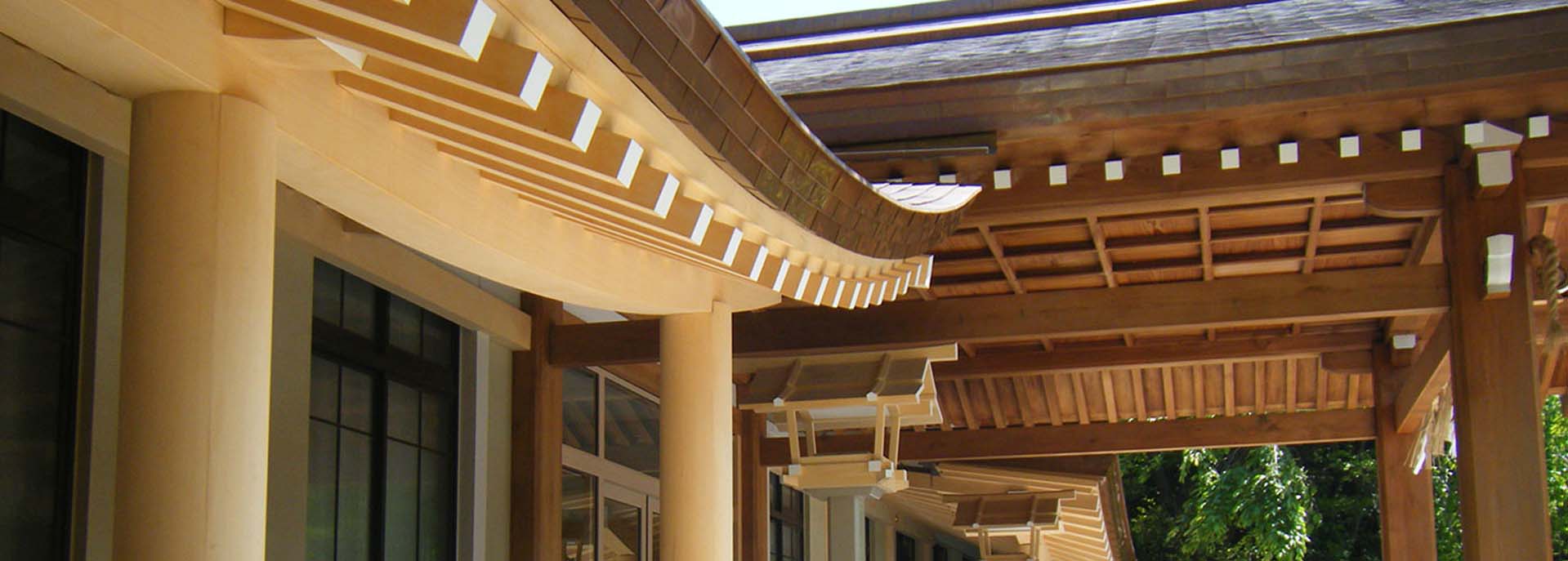Yellow Cedar Wood Uses and Properties
Yellow cedar grows along the coast and is common west of the coastal mountains of British Columbia (B.C.), Canada.
A species quite unique to this corner of the world, it grows so slowly that it requires over 200 years to reach a marketable size. It is a medium-sized tree growing up to 24 metres tall and 90 centimetres in diameter when mature. It often grows singly or in small clumps in a mixture with other conifers. It is a rare and beautiful tree that is tough, solid and extremely durable.
Common uses
This wood is incredibly easy to work and therefore is prized for applications such as joinery and carpentry, decorative panelling, furniture, mouldings and cabinetwork.
Due to its durability, yellow cedar is used for shingles, posts, poles, marine pilings, small boat hulls, oars and paddles, water and chemical tanks, exterior door and window boxes. Structural grades are commonly used for exterior applications such as bridges, decking stairs and for landscaping. It is sometimes used in specialty construction projects such as temples and shrines.
Working properties
Yellow cedar is known for its exceptional working properties and can be easily machined and finished. It turns, planes and shapes well and can be sanded to a smooth finish. The wood glues satisfactorily has good nail and screw holding ability and takes a good finish.
Yellow cedar is one of the world’s most durable woods with exceptional longevity. Its fine, even texture
makes it a top choice for carvings. In India, it has proven popular for door frame manufacturing.
| Stiffness / MOE (MPa) |
Air dry |
10200 |
| Strength / MOR (MPa) |
Air dry |
80 |
| Density (KG/M3) |
Air dry |
431 |
| Compression Parallel (Mpa) |
Air dry |
45.9 |
| Shear (Mpa) |
Air dry |
9.21 |
| Shrinkage (air dried-12%) |
Tangential/radial ratio |
1.6 |
| Title |
Process |
Performance |
Comments |
| Machining |
Planing |
Excellent |
Recommended planer settings:20° hook 8,12,16, or 20 kmpi (knife marks per inch) |
|
Shaping |
Good |
Recommended: the use of a counter piece for end grain shaping |
|
Sanding |
Excellent |
|
| Fastening |
Screwing |
Good |
|
|
Nail retention |
Good |
Equivalent to Douglas fir |
|
Gluing |
Good |
Bonds satisfactorily with good quality adhesives under a moderately wide range of bonding conditions |
| Finishing |
Staining |
Average |
Natural finish looks best |
|
Painting |
Average |
Older wood should be wiped with paint thinner to remove surface greying |
| Drying |
Ease of drying |
Good |
Dries without difficulty |
| Durablity |
Natural termite and decay resistance |
Good |
Appropriate for outdoor usage |




